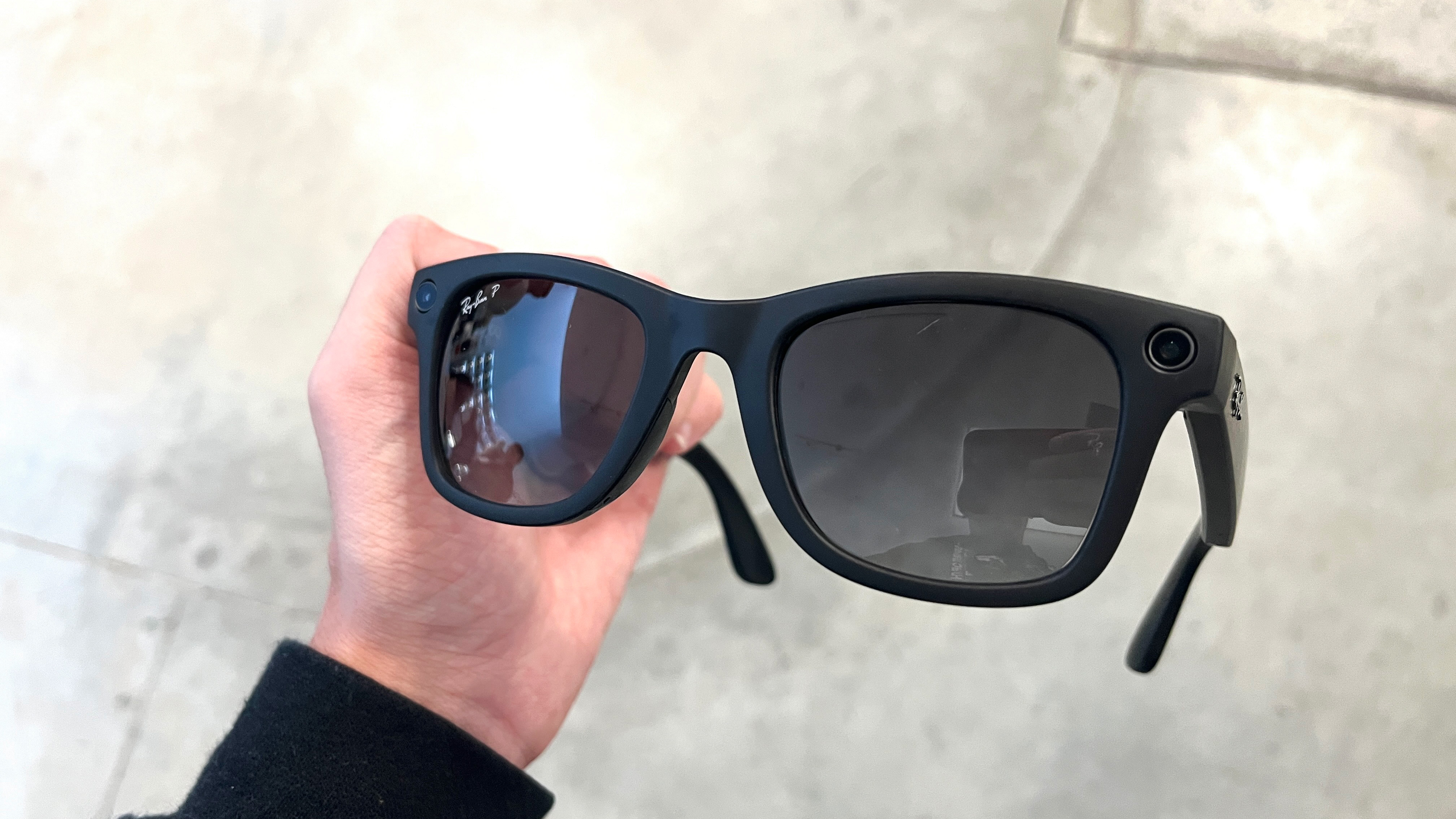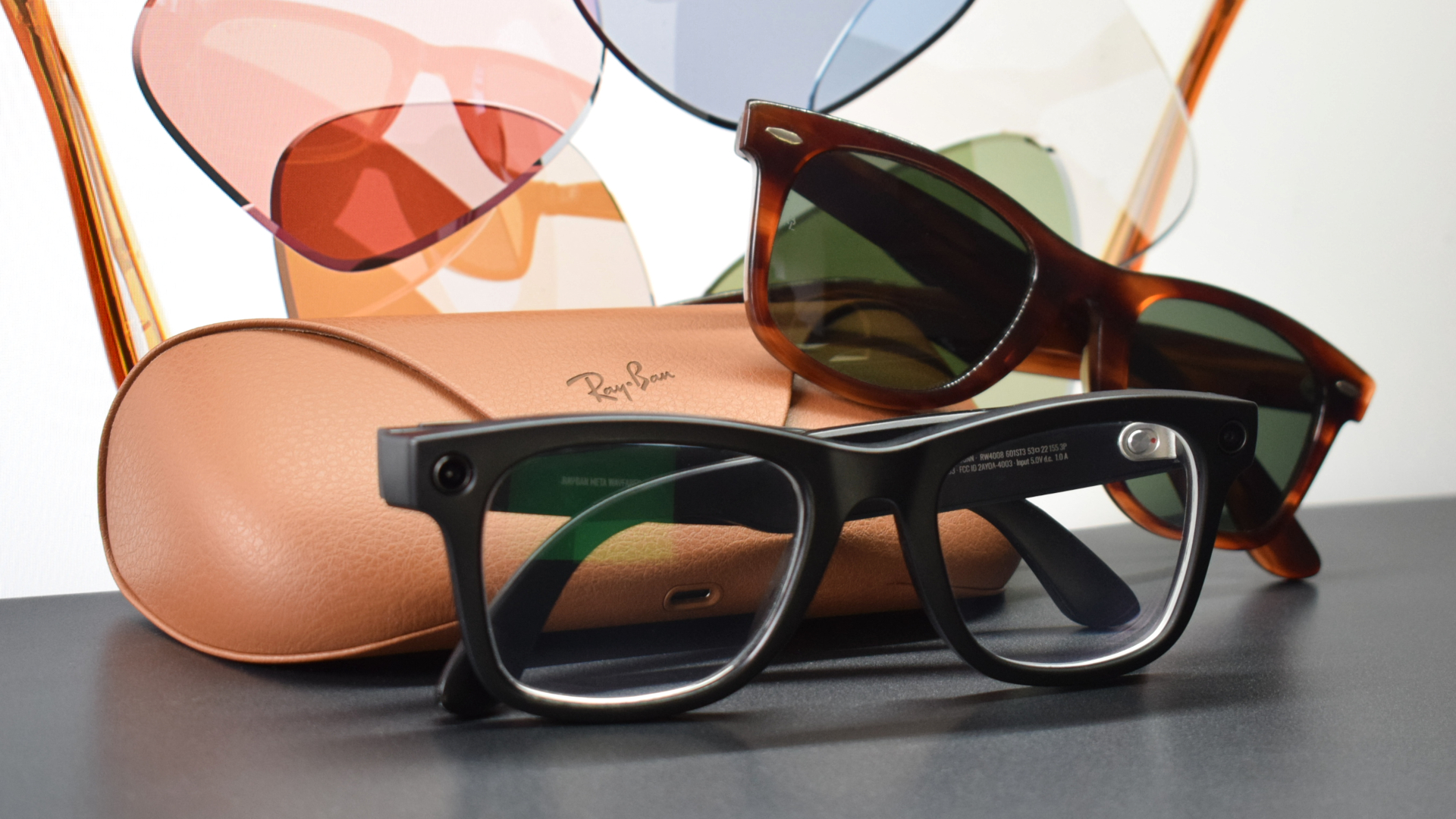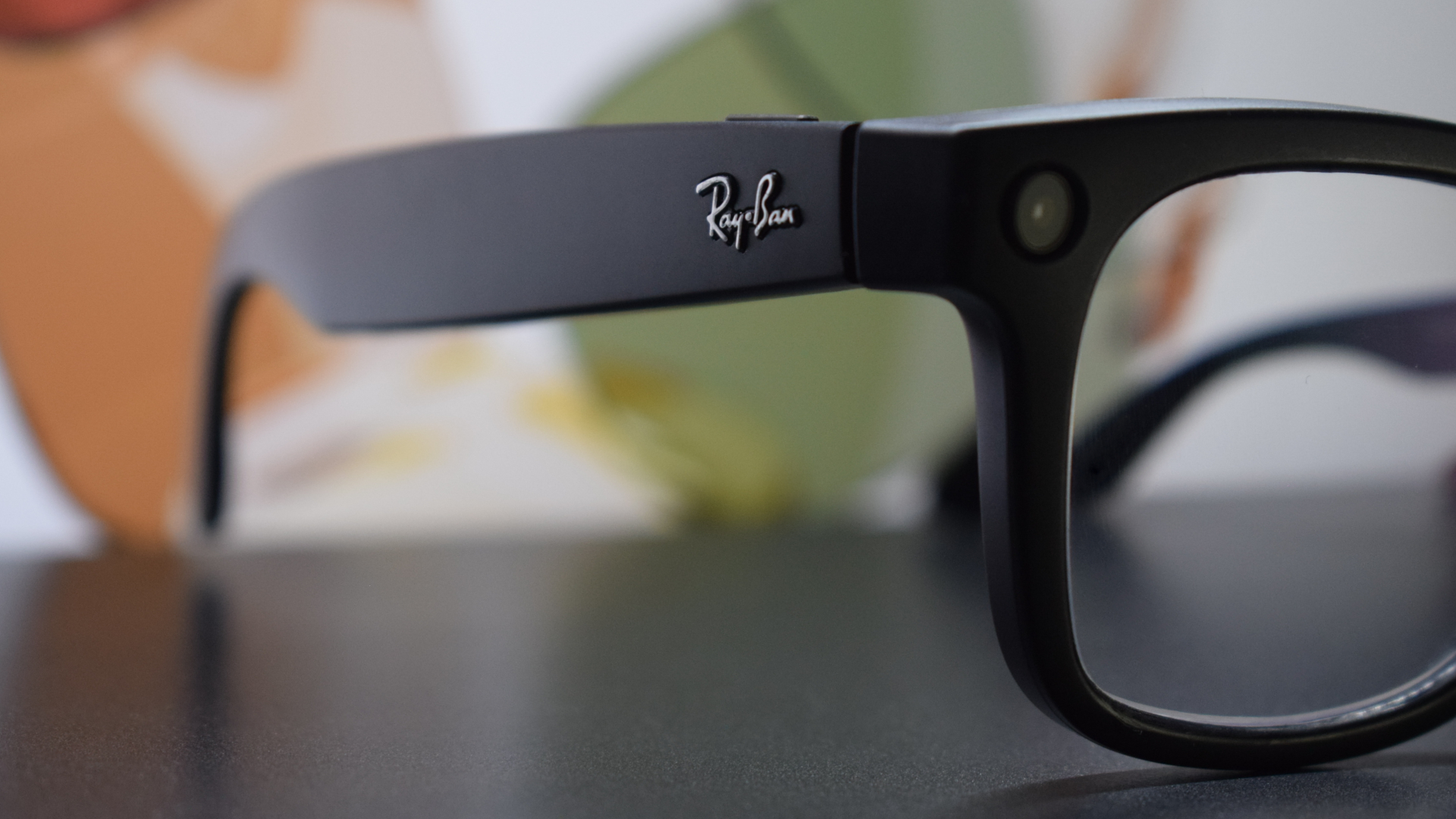
Back in my day, smart glasses turned you into a social pariah.
In 2013, Google's ill-fated smart glasses, Google Glass, were released unto the world, inadvertently entering the term "Glasshole" into our collective lexicon. Google Glass's ability to record more covertly than a phone or other handheld device wound up labeling them a blatant invasion of personal privacy and, by proxy, branded anyone wearing them an unethical voyeur.
Just two years after its release, Google said it would stop producing Google Glass.
However, a decade has passed since then, and naturally, public perception and tolerance for potential incursions on privacy have shifted. Smart glasses — once a third rail of a form factor — now represent a bright new future, pursued by even Apple, one of the most conservative forces in consumer tech, via its reportedly underway "Atlas" study.
So, all these years later, it turns out Google was right — or more accurately, Meta was right for them.
All glasses, no shade
When I got my hands on a pair of Meta's Ray-Ban smart glasses for the first time a couple of months ago, I didn't know what to expect.
I wasn't opposed to a pair of camera-clad glasses, but I also wasn't exactly itching for a pair either. I mean, how smart can a pair of smart glasses without a display really be? With them in hand, however, I decided to see what Meta has been pitching, and to my surprise, I've barely left the house without them since.
Meta Ray-Ban might not be the explosive future being teased by bleeding-edge prototypes like the Orion glasses — Meta's lightweight, experimental pair of true AR glasses that can superimpose the digital world onto the world around you — but they're objectively a good start.
Let me be clear: There are lots of things that Meta's Ray-Ban glasses don't do. They don't have a screen, so you can't use them to browse the web, play games, or doom-scroll on social media.
The glasses can, however, pair with the most important device in everyone's arsenal: their smartphone.

The most surprising and exciting utility that I've found in Meta's Ray-Ban glasses is as a Bluetooth speaker. While the glasses don't fully mesh with my iPhone (Apple isn't known for its inclusivity with third-party products), they do play nice with apps like Spotify.
A Spotify integration, Meta's voice assistant, and surprisingly quality audio all combine to make a more-than-pleasant listening experience. Arguably, the best part of that listening experience is that you can listen to your audio of choice while also listening to your surroundings, much like open-air earbuds made by Bose or Nothing.
Trust me when I say that you'll feel the benefits of that one foot in and one foot out experience when you hop on a bike, for example, and can actually hear traffic and pedestrians around you. Add navigation to that equation and the deal sweetens even further.
And their usefulness as fashionable speakers isn't restricted to listening to music. In my couple of months of experience, taking calls on them is arguably the best use. There's something that just feels incredibly natural using Meta's Ray-Ban glasses for audio calls — no holding a phone and no plugging up your ears with buds.
Every mutual caller I surveyed also reported that my audio was crisp and clear, which is more than I can say for other open-air earbuds that I've tested, which can be susceptible to ambient audio bleed from your surrounding environment.
And if you're rolling your eyes while reading this, wondering why anyone in their right mind would pay $300 for glasses with speakers, there's still more.
While audio quality was a big surprise for me, the Meta Ray-Ban's headlining feature is definitely the camera on the glasses frames.
Again, I wasn't dying for a pair of glasses that could take pictures, but once I had the option to record video and take pictures from a device that was already on my face, it felt like a game-changer.
I'm not a massive fan of whipping out my phone and taking pictures, so having the option to press a button on the glasses or tell Meta's voice assistant to start recording felt less invasive and made me more likely to capture a moment.
In addition, it helped me take some videos that I might not otherwise be able to capture — riding a bike, for example, isn't usually an ideal time to whip your phone out.
But what excites me most about Meta's glasses is not just what they can do now; it's what the future has in store.

A look at the future
Being able to take pictures and videos or play music aren't groundbreaking features in and of themselves, but when packaged into a form factor as appealing as a pair of sunglasses, they feel genuinely exciting.
There are suddenly quite a few tech companies trying to smash the status quo of smartphones — Humane with its Ai Pin or Rabbit with its R1 — but arguably none do it as effectively as a pair of Meta Ray-Bans.
There's a chance that Meta AI never advances beyond its current hit-and-miss nature, but there's an equally as big chance that it lays the groundwork for the next-gen smart glasses we want.
Humane not only overpromised and underdelivered with its Ai Pin, but it also arguably miscalculated appetite for a new wearable form factor.
And sure, Meta's Ray-Ban glasses aren't a standalone computer yet, but they're doing a pretty damn good job of mimicking one while the technology gets there. And the future looks promising.
In an update this October, Meta started rolling out Meta AI features that are meant to expand the glasses' features even further, giving them computer vision that can identify objects in your line of sight or translate text into different languages. My experience of those features hasn't been particularly compelling yet — sometimes Meta AI just seems to be confused by commands and sometimes it's just blatantly misleading.
If there's one thing I've learned about AI, however, it's that you can't rule much out. There's a chance that Meta AI never advances beyond its current hit-and-miss nature, but there's an equally as big chance that it lays the groundwork for the next-gen smart glasses we want.
In any case, it's time to stop sleeping on smart glasses because if you're anything like me, you might just see something you like.







